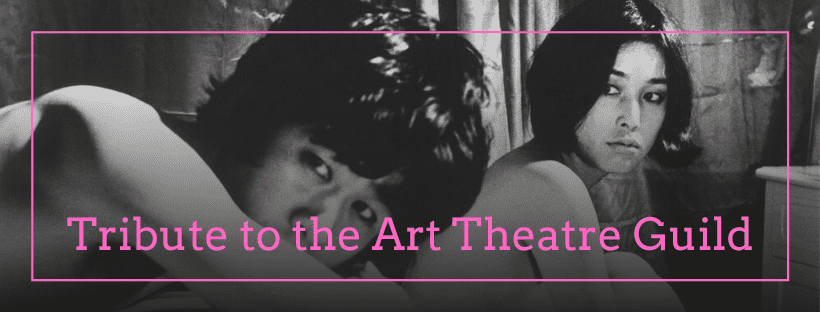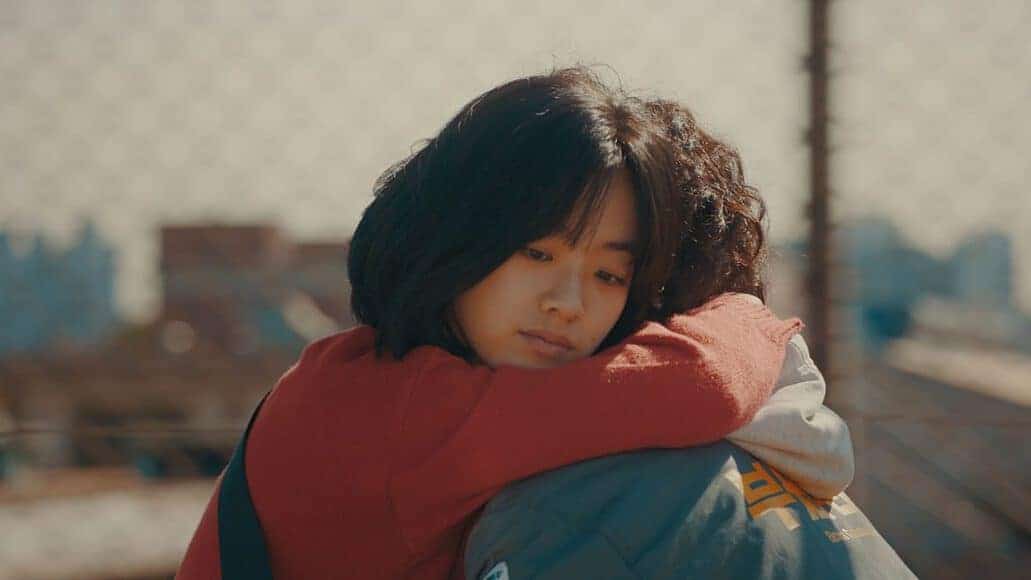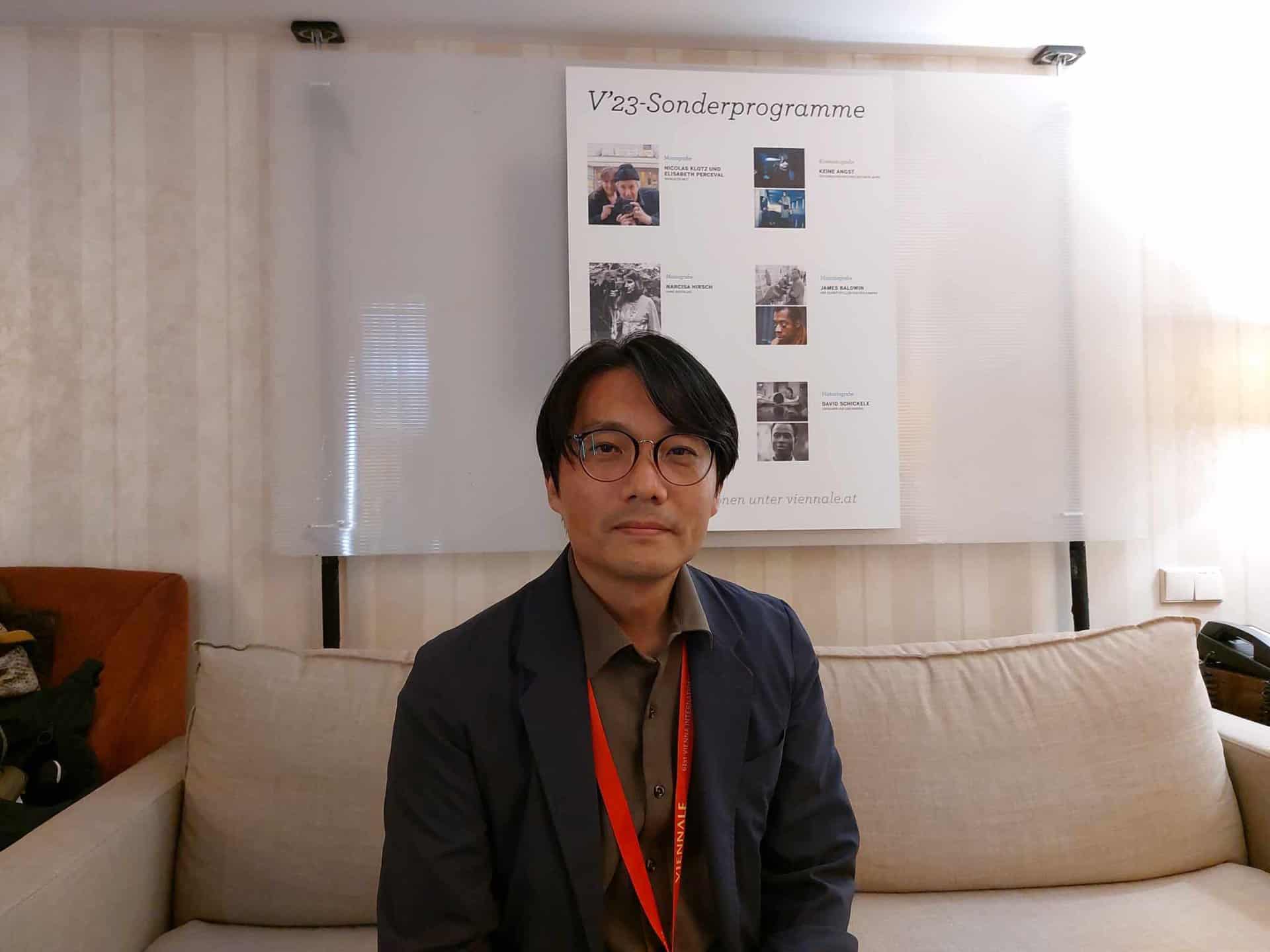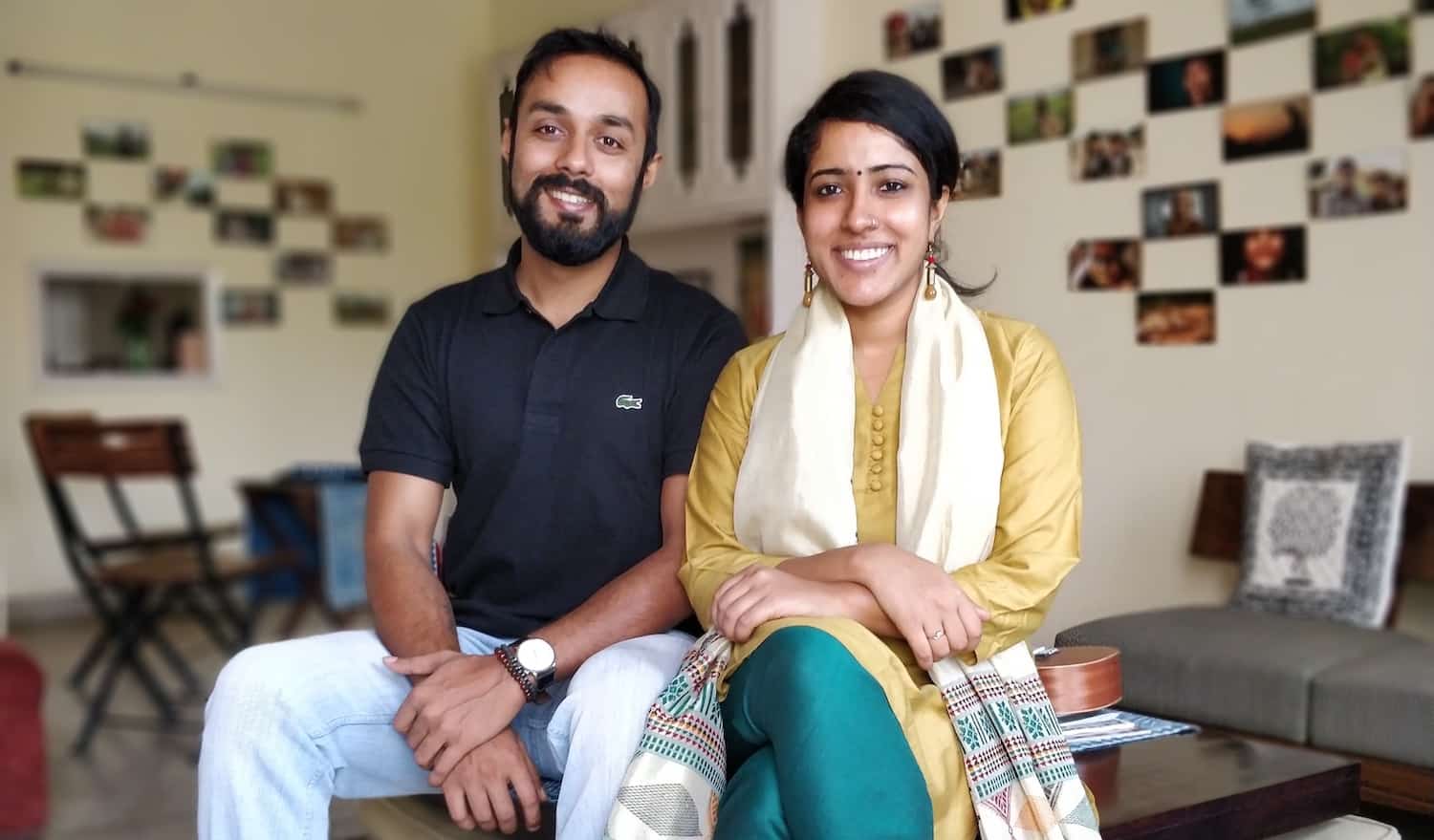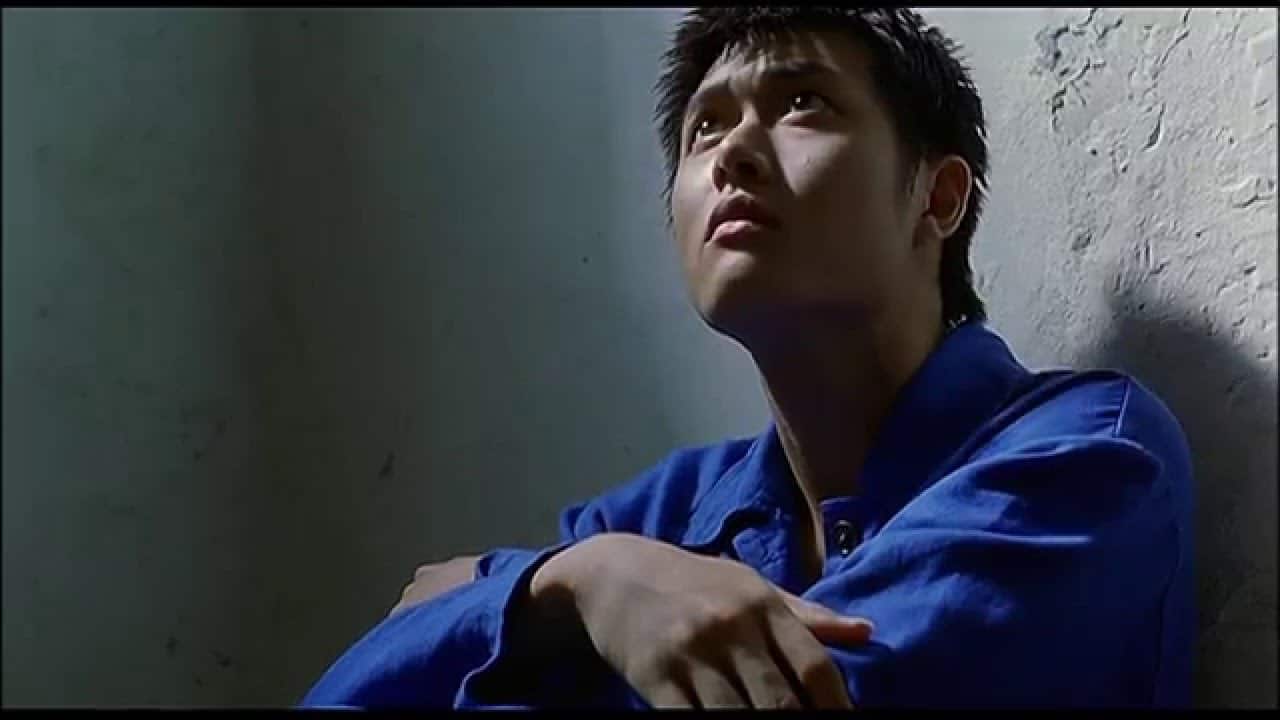It might be said that besides murder-mysteries, no other genre rejoices as much in the deaths of its human pawns for a satisfying puzzle. The only one to match this gleeful indulgence and exploitation might be pink film. Chusei Sone's Agatha Christie-esque “Case of the Disjointed Murder” marries these 2 cinematic phenomena in an explosion of violent elegance. Though unequal in its attempts at profundity, “Case of the Disjointed Murder” earns memory as a conflicted venture, made during Sone's ironic struggle to depart from pink filmmaking – an artistic struggle that eventually led to his own, equally mysterious disappearance.
Sone's beginnings as a cinephile for foreign titles distributed by Art Theatre Guild (ATG) possibly cemented that he would always have a taste for the arthouse. Despite becoming a veteran director of Nikkatsu's Roman Porno series by 1977, his unwavering dissatisfaction within the sexploitative sphere led him to a string of unsuccessful projects in hopes of more creative scope and possibilities, but would actually leave him debt-ridden and drive him out of public view. Tragically, the excesses and joys of “Case of the Disjointed Murder” do reveal Sone's forte within pink films. An exploitative filmmaking that gives all, takes all, revels in the moment, and playfully discards an unsatisfying finish in its wake.
Perfectly charming yet muddled, Sone's dining room mystery opens with realist scenes of post-war Tokyo, promising a meditation on morality, but quickly whisks us away into a prestige mystery, dabbling (or really nosediving) into sexual subject matter. Set 2 years after the Second World War in Japan, a class of detestable, selfish and lusty characters are invited by young patriarch and heir Utagawa to his western country mansion. Despite his stately demeanor, Utagawa's family holds a long history of infidelity and incest, as evidenced by a near-comic reveal of a handwritten family tree. (An adapted version incorporating the non-family characters was printed in a promotional flyer for the film. See below.) And the company he keeps behaves just the same, if not worse. After a first evening teeming with sexual tension and jealousy between the characters, who largely have intersecting histories with one another, Utagawa reveals to his friend Yashiro that other than him and his wife, all the unruly guests were not in fact invited; they received fake letters of invitation by someone with an ulterior motive. Then the following morning, murder strikes. And then, one by one, people begin to drop dead in wholly strange, seemingly unrelated ways.
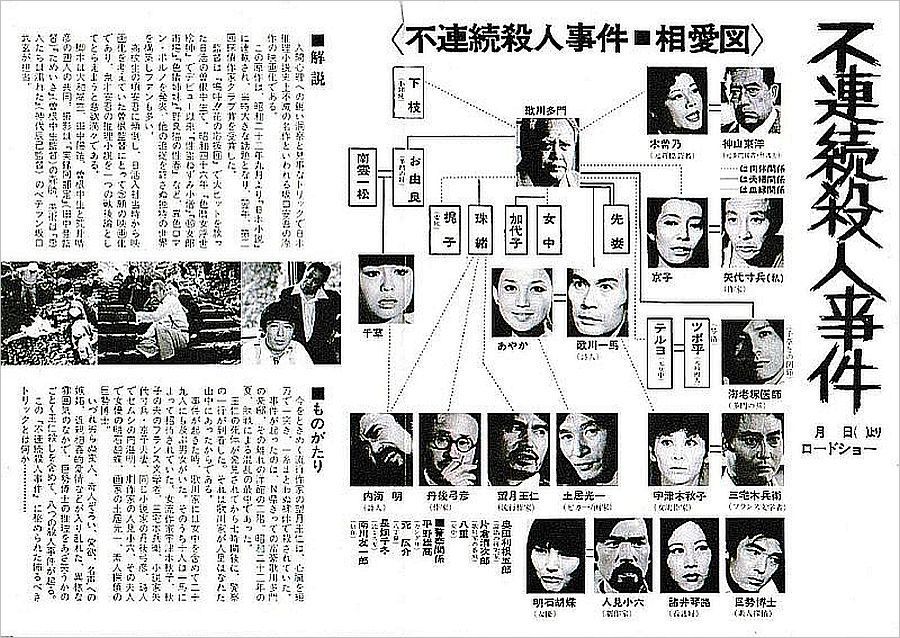
Art Theatre Guild (ATG)
Though “Case of the Disjointed Murder” is a sum of parts that never fully fit together, it does hold its own with an intriguing premise and luscious visual style. The misplacements of this experiment render it a murder-mystery, a sexploitative flick, a social commentary piece, and also none of these things, because all are left unfulfilled. An artistic conflict, indeed, that seems to parallel Sone's own journey, and probes the question of pink film's longevity outside its pornographic context.
The ensemble cast of sleazy upper-class players, consisting of artists, poets, writers, lawyers and scientists launches a shaky commentary against sophist westernization in modern Japan, that also seems forgotten by the halfway mark. In accordance with the 1970s boom of murder-mystery movies, suspicious hints of jilted love and desires for vengeance paint a game of Cluedo that is as convoluted and theatrical as possible. Around the dining table where most arguments and accusations arise, Masaru Mori's maximalist camera leers behind in a constant effort to fit as much as possible into the frame. To 2 effects: the vision of a composed aristocratic painting, that is also a chess board at play.
But Sone's game of Cluedo reaps little towards the end. He wants all the foreplay, with no outcome. With intentionally overblown performances from players like Junko Natsu (and a notable minor role played by eventual pink superstar Junko Miyashita), our pawns scream, cry, fall and dance with exaggerated drama. Which builds well towards the whodunit story's usual allure, but makes for a wholly detached experience that ends up leaving little impression. As an audience, we take a backseat as voyeurs. Yet for a plot so deeply entwined with sex, the film features close to no scenes of actual intercourse.
Of course, this is part of the sticky fun: an elegant sexiness that keeps refusing to fall into a full pornographic sequence beyond hints of flirtatious violence. Even in the simplest gesture of closing one's eyes or asking a question, sex is the medium of communication, a lens for seeking and understanding the world. Exactly the kind of unexplained tonal backdrop well expected in pink films, occasionally welcome in ATG's arthouse ventures, but categorically shunned in mainstream genres. The cards speak for themselves: “Case of the Disjointed Murder” is a pink film that refuses to actually be a pink film. So the question begs: Can the language of pink films survive in an arthouse or mainstream bracket?
To expand this question attacks the idea of pink films as a genre. Unlike the murder-mystery movie, which can be adapted to match an adjacent genre, such as comedy or horror, sexploitation is not as mobile. Japan's eroduction industry, from which Sone gained his portfolio, is subsequently a phenomenon of circumstance and, some might even say, economics. A collusion of elements, namely softcore pornography, genre, and commentary, from which a strange balance emerges, blurring the lines between each label. Many who have worked in pink films have gone on to work in art or commercial spheres in Japan (Takahisa Zeze is a prime example), but in the case of Sone, one might say his ties to sexploitation came to define and limit his practice.
But back to “Case of the Disjointed Murder”, it seems that where sex can no longer overtly dominate messaging, Sone fails. Half-hearted anti-bourgeouise tirades are fetishized to serve our enjoyment in petty squabbles, pretentious fiddlings, and untimely demises. Sone criminally savors the very same textures he seeks to criticize: an affluent world where every action, reaction and motivation is laden with promiscuity. And so, while Sone had always seen Roman Porno as a stepping stone, it became home to his life's work. A year later in 1978, Sone would return to Nikkatsu to release his 2 eroduction magnum opuses: the “Angel Guts” series.



